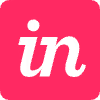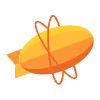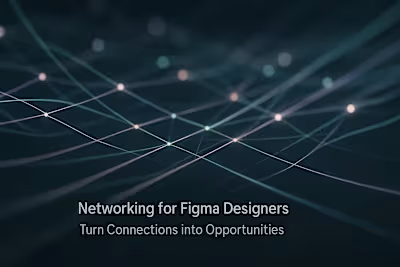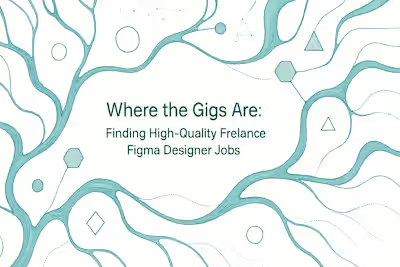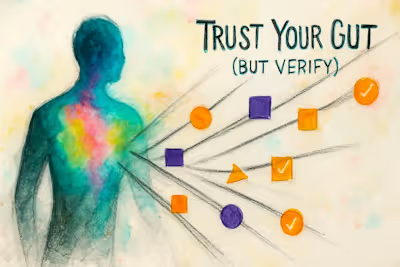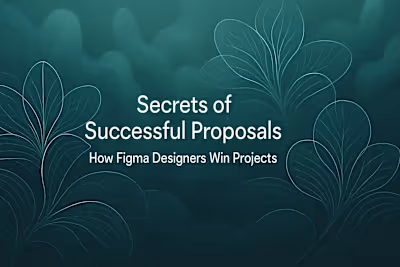Acing the Figma Designer Interview: How to Wow Your Next Client
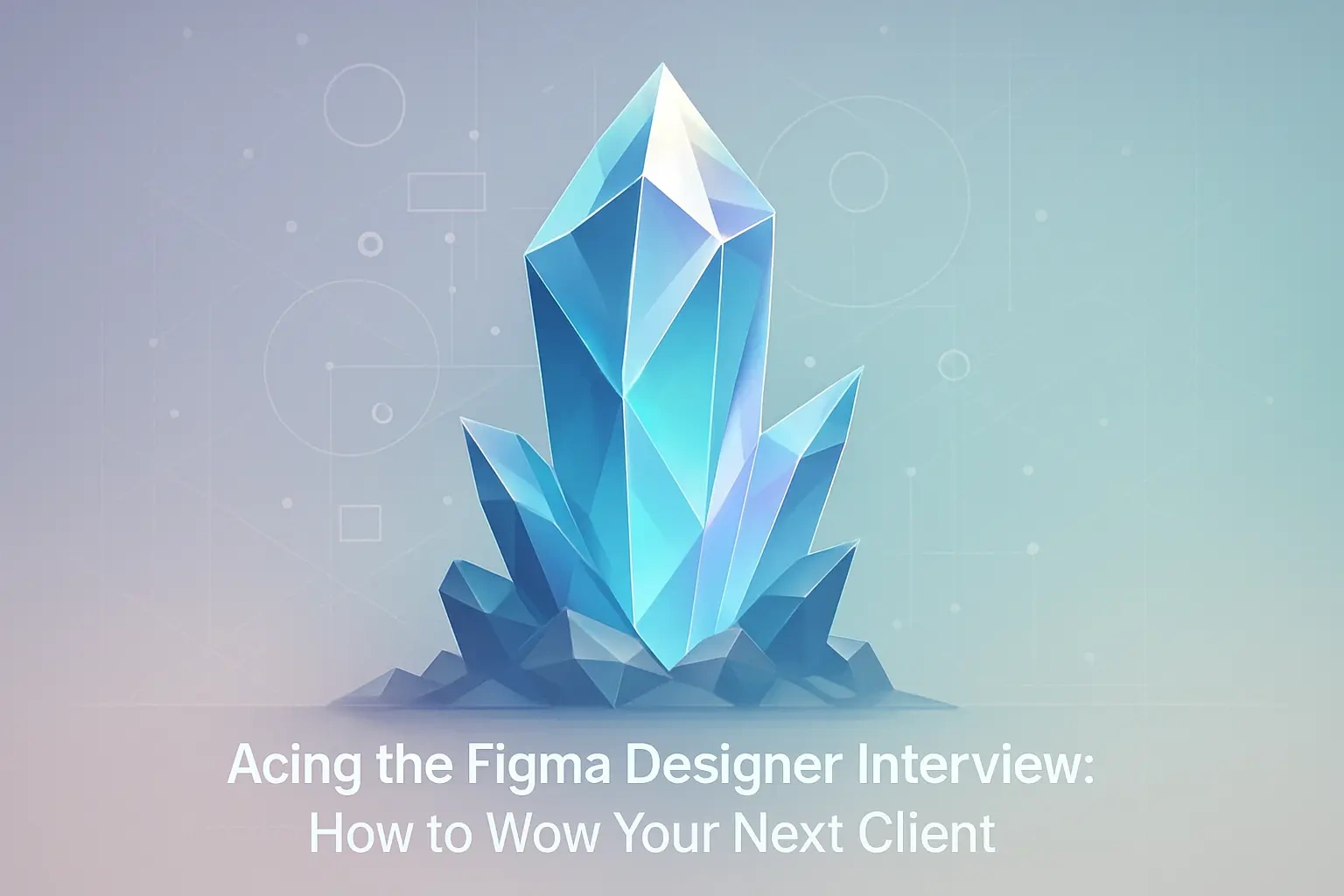
Acing the Figma Designer Interview: How to Wow Your Next Client
Preparation is Everything: Setting Yourself Up for Success
Research the Client and Their Business
Anticipate Their Needs and Questions
Prepare Your 'Go-To' Case Studies
Presenting Your Figma Portfolio Like a Pro
Tell a Compelling Story for Each Project
Show, Don't Just Tell, with Interactive Prototypes
Highlighting Collaboration and Process
Mastering the Conversation: Communication and Personality
Answering Common (and Tricky) Questions
Asking Insightful Questions
Demonstrating Confidence and Enthusiasm
The Follow-Up: Sealing the Deal
Sending a Timely Thank-You Note
Summarizing the Next Steps
Conclusion
References
Acing the Figma Designer Interview: How to Wow Your Next Client
Preparation is Everything: Setting Yourself Up for Success
Research the Client and Their Business
Anticipate Their Needs and Questions
Prepare Your 'Go-To' Case Studies
Presenting Your Figma Portfolio Like a Pro
Tell a Compelling Story for Each Project
Show, Don't Just Tell, with Interactive Prototypes
Highlighting Collaboration and Process
Mastering the Conversation: Communication and Personality
Answering Common (and Tricky) Questions
Asking Insightful Questions
Demonstrating Confidence and Enthusiasm
The Follow-Up: Sealing the Deal
Sending a Timely Thank-You Note
Summarizing the Next Steps
Conclusion
References
Posted Jul 6, 2025
The interview is your stage to shine. Learn how to present your Figma skills, communicate your design process, and showcase your personality to win over potential clients.




